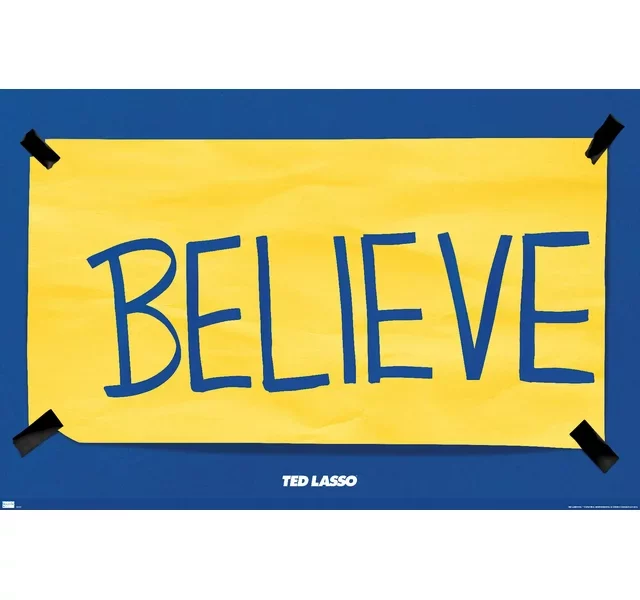Why do I write? Aside from the obvious / required writing (lesson plans, assignment prompts, reports), I find I write to make sense of how my own life intersects with the larger stories going on around me. I write to process, to ponder, to persuade, but ultimately to try and understand who I am and what it means to be a teacher and a writer in this moment. It is a tough time to be a teacher. What do I do with or think about my own cultural, racial, class, religious, and political identities; my plans and priorities; my past and present group affiliations; my relationships? Writing often helps me make sense of, or at least think more deeply about, these questions and perhaps find some measure of peace, purpose, or productive tension around them. I remember finding some measure of all those things when I took a place-based education class, taught by a NeWP colleague and mentor, which helped me see my own individual story within the larger story of the history of the Great Plains.
That’s an intellectual and life practice I’d like to give my students a chance to experience as well. So, in one of my own classes, Writing and Communities, I’m currently working on an autoethnography assignment with my students. It involves first having them do some personal writing exploring their memories and practices around their common and favorite foods. Along the way, we encounter diverse voices through a series of mentor texts. These serve as gateways to seeing how one’s relationship with food is connected to larger stories and ideas about peoples’ connections to (and sometimes conflicts with) culture, land, and Others. We read or watch presentations from Sean Sherman, Michael Pollan, and Michael Twitty among others. These serve as examples of larger narratives that students can use to contextualize, compare, and contrast with their own stories. It’s challenging work, and this semester’s assignment is heavily revised from my first attempt at it last year.
Students often find it difficult to make the leap from either purely personal writing or responses that summarize the mentor texts to instead bring their own story into conversation with Others and with larger ideas and historical forces. It’s also a challenging assignment because it asks students—and me—to grapple with difference. I notice many of my white students struggle with the assignment because they feel that they are individuals who are not connected to larger histories and stories or that cultural, racial, or ethnic identity is something only minorities have. In selecting the texts for the unit, I try to highlight diversity, bringing in BIPOC perspectives that will broaden and complicate students’ world views, while also showcasing stories that students will find resonances with, larger patterns that they can say, “I see myself and my community in this story!” Ways of connecting to the land, colonization, indigeneity, immigration, and prejudice all come up. It’s messy and I sometimes wonder what students get from it—what I even want them to get from it.
I guess I want them to discover for themselves—in both liberating and convicting ways—that they are part of those larger patterns. To claim, or respect, or reject, or affirm, or complicate, or revise the stories that have led them and their ways of being in the world. We all arrive at the buffet of life with a number of dishes already set out for us. I want my students to think about who set the table and why. To make sense of themselves and their world and then to build their plates in just, meaningful, and nourishing ways. That’s why I write and why I teach.



